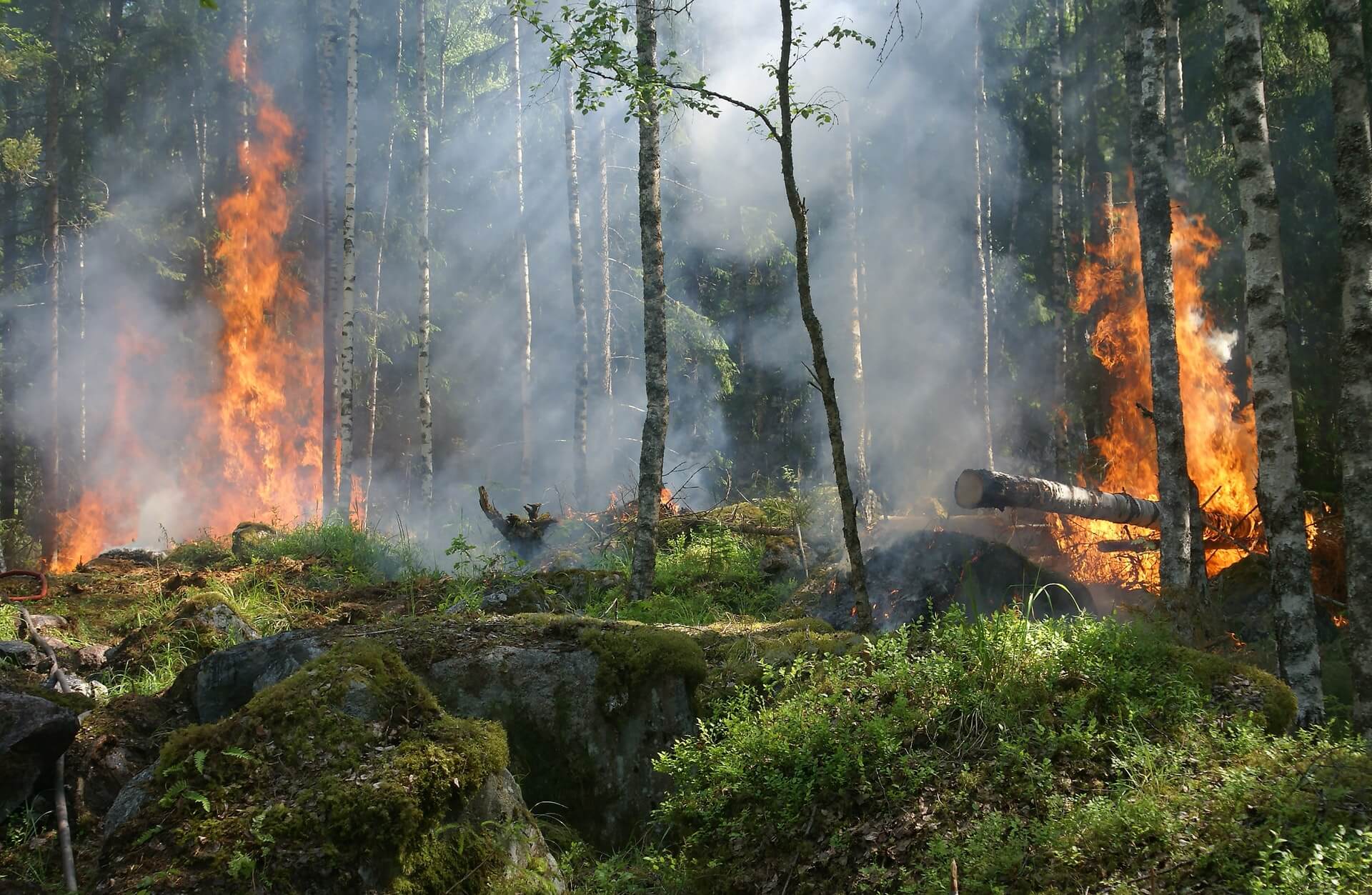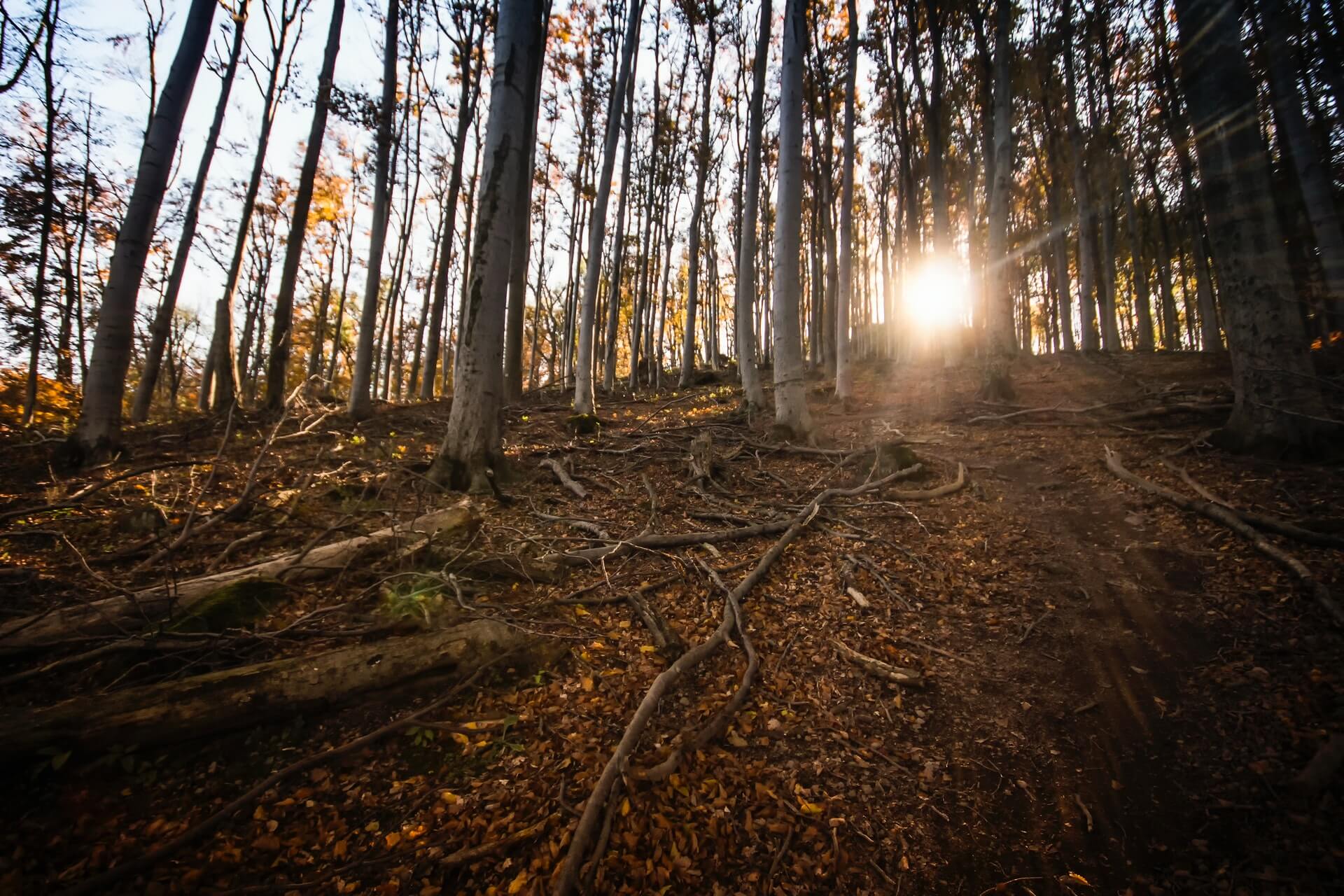With CO2OFFSET, forest owners are paid for caring. Registering their intention to postpone forest harvests will help mitigate economic and environmental impact due to climate changes. The value of your forest goes beyond timber.

Measurement
CO2OFFSET’s advanced scientific and technological knowledge allows for the measure and monitoring of forests’ development over the years.
Consequently, open audit smart contracts between landowners and emission companies wanting to become carbon neutral can be created.
Our methodology to measure and estimate the available carbon stock in a forest allows for open audit smart contracts between landowners and carbon-smart organizations, thus avoiding double sales.

Conversion
CO2OFFSET has developed its own methodology to measure and estimate the available carbon stock in a forest.
Captured CO2 is transformed into carbon credits and smart contracts are created between forest owners and buyers. This technology also allows for open audit smart contracts between landowners and carbon-smart companies, assuring the avoidance of double sales.

Compensation
Forests help purify the air we breathe, filter the water we drink, in addition to mitigating global warming through CO2 compensation.
Convert your forest hectares into carbon credits for sale
Get paid for making a difference.
By signing up to CO2OFFSET, forest owners have the opportunity to maximize the value of their property. Registering land in CO2OFFSET allows you to get free advice on topics such as such as fire hazards and risk, hydric stress, and main factors for droughts and pests.
Register to find out how much your forest is worth beyond timber value. Free property appraisal and no commitment required.
How it works
Register in the platform and insert your forest area to know how many carbon credits you can sell on the market
Details:
- No registration fee
- Free registration and usage
- No minimum number of hectares required
- Free evaluation of your forest
- Scientific methodology fully certified, from virtual forest twins to remote sensing
- Retain the full property ownership and management of the land
How it works
Register in the platform and insert your forest area to know how many carbon credits you can sell on the market
Details:
- No registration fee
- Free registration and usage
- No minimum number of hectares required
- Free evaluation of your forest
- Scientific methodology fully certified, from virtual forest twins to remote sensing
- Retain the full property ownership and management of the land
The Fundamentals
Long cycles of forest compensation through CO2OFFSET contracts based on periods of 100 years prove to be unrealistic and only within the reach of large companies holding large forest areas.
At the same time, it is extremely important to include small forestry producers in this movement in favor of environmental, economic, and social sustainability.
Carbon offsets are generated based on forest. Our business model allows forest owners to be financially compensated for the environmental benefits they generate by deferring the logging of their forests.
The accuracy of the numbers and the transparency of processes are fundamental values and the basis of a lasting relationship of trust between forestry producers and the company that intends to acquire carbon credits.
Managing risks and protecting the forest
CO2OFFSET knows how important it is for forest owners to preserve their forest and protect their investments. As such, it provides advice on how to minimise and prevent hazards including fire risk and hydric stress, the main factor of droughts and pests. Advanced alert mechanisms are used to allow the adoption of preventive measures such as of risk mitigation and preserving carbon stock stored in the forest. CO2OFFSET’s monitoring system makes it possible to issue timely warnings to manage the forests. Combined with strategic management points (SMPs), fire path analysis and synoptic fire-weather conditions, this system also becomes highly effective at preventing fire hazards.

Fire Risk
Wildfire managers design SMPs based on expert criteria, heading-fire pathway analysis and fire-weather synoptic conditions. The implementation of SMPs is gaining extensive adoption in many fire-prone Mediterranean areas. Studies have shown that forest management not only increases carbon sequestration but has also developed new management mechanisms under different wildfire hazard scenarios. A leading example is Catalonia where fuel treatments have become the primary risk reduction strategy.
Forest fuel management is emerging as a fundamental strategy to complement fire suppression and ignition prevention in populated areas. Fuel treatments mitigate wildfire intensity on treated locations, reduce wildfire spread as well as wildfire likelihood. The primary objectives of fuel treatments in Mediterranean areas include protecting human communities, timber harvesting, restoring fire-adapted ecosystems, reducing extreme wildfire potential and facilitating safe and effective fire suppression.
Carbon emissions from wildfires in European countries and Mediterranean areas represent around 4.03 Tg C per year. However, a few extreme fires account for the bulk of burned areas and CO2 emissions. These are extreme escaped fires that easily overwhelm firefighting capacity. Consequently containment is restricted to strategic locations in backing and flanking fire spread areas.

Hydric Stress
Hydric stress is an important factor limiting the growth and productivity of forests. Through its effect on turgor, it can directly decrease growth or indirectly limit carbon uptake. In addition, water availability may also alter the allocation of carbohydrates between the roots and shoot of a tree. Trees resist excessive rates of water loss through stomatal regulation, a process which may be mediated by the level of growth regulators transported from the roots during periods of soil water deficits.
An indirect effect of water stress on photosynthesis, due to a reduction of gaseous diffusion caused by stomatal closure, often has been noted. However, stress effects in the mesophyll may be more important limitations to photosynthesis than that caused by decreased diffusion of CO2 into the leaf. Responses to water stress, including osmotic adjustment, are also considered.
